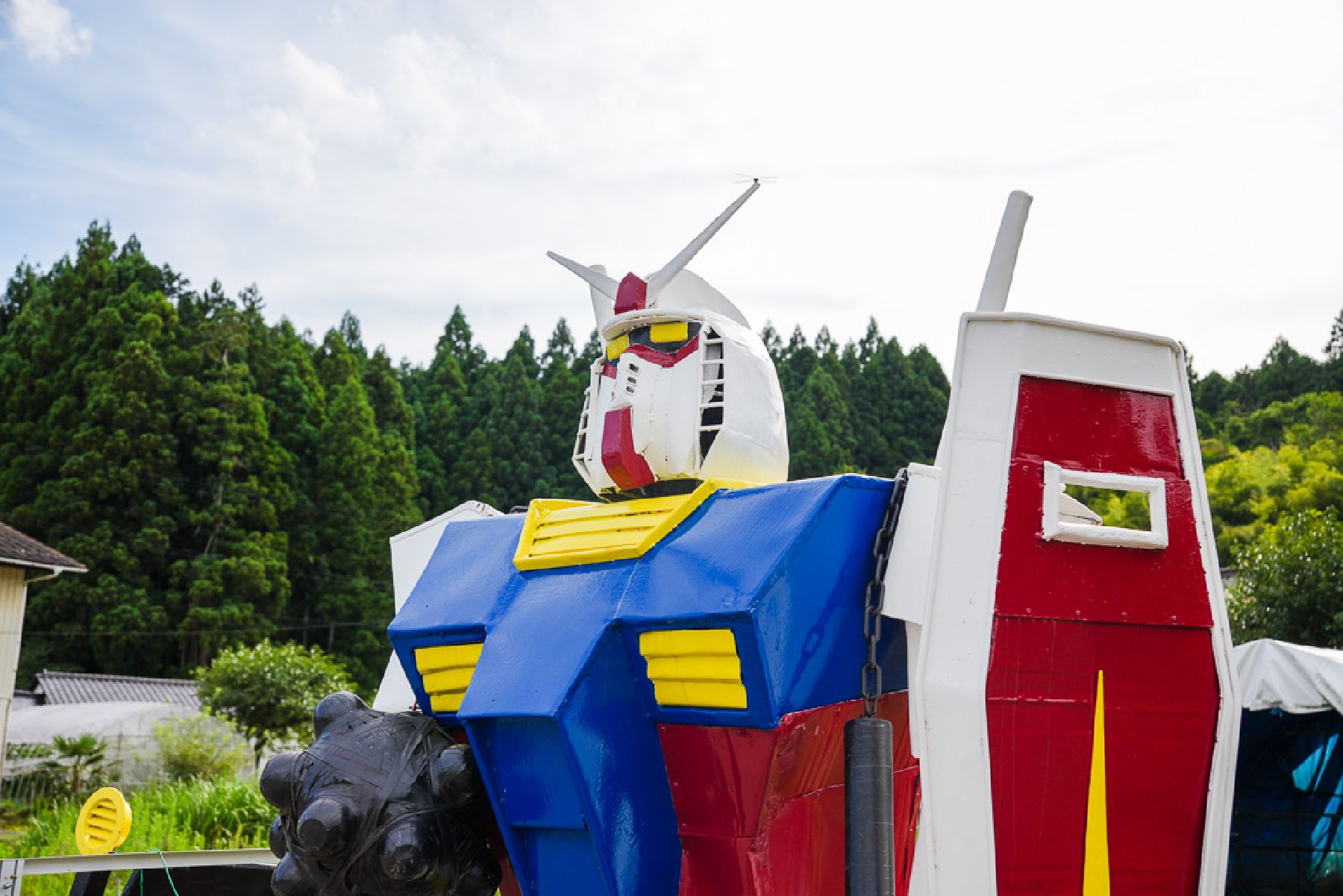One-Day Sakura Hunting in Central Fukushima on the Tohoku JR Pass
This one-day cherry blossom hunting route will take you to two beautiful cherry blossom spots in the central area of Fukushima. We recommend following this route around mid-April to see the blossoms at their fullest. You will start your trip from Fukushima Station, from where you’ll visit Hanamiyama park first thing in the morning. The great variety of flowers at the park (plum blossoms, cherry blossoms, magnolias, azaleas, etc.) means that the park can be enjoyed throughout the year, although it sees most of its visitors between end of March to early April, when the landscape of the delicate blossoms against the snow capped Mt. Azuma signals the beginning of the spring. This is a wide park and will possibly entail an hour-long hike, if not longer. Bearing this in mind, be sure to wear comfortable shoes and clothes. You’ll then go south to Shirakawa City, where you’ll be able to enjoy seeing delicate flowers against the elegant black-and-white Komine Castle. This itinerary is designed for holders of the Tohoku JR Pass, who will travel between destinations on ‘shinkansen’ bullet trains and local buses (the bullet train fare is covered by the Tohoku JR Pass; the fare for the local buses amounts to an additional fee of approx. 500 yen per person).











